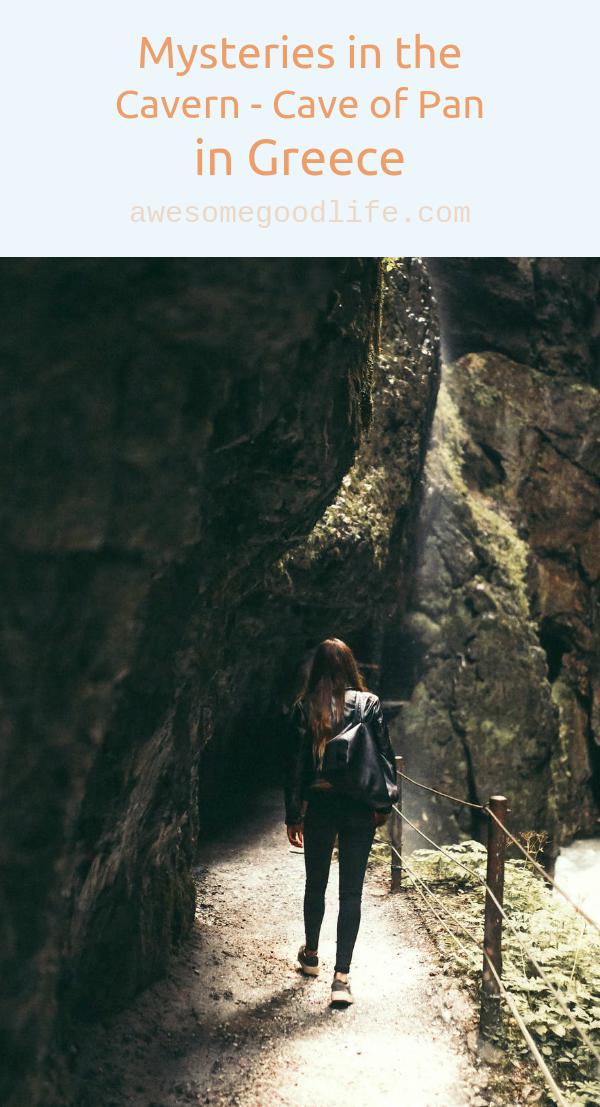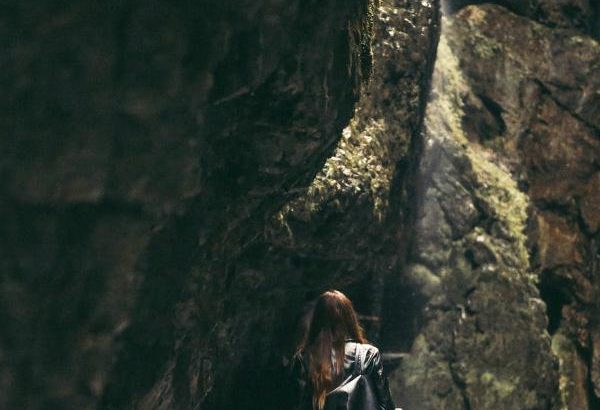One of the most underrated gods in Greek mythology, Pan, a fertility god, the god of shepherds and goatherds was actually loved by Zeus and unexpectedly “all” the gods in Mount Olympia, hence, the name Pan meaning “all”. Ironically, mythology says his own mother upon seeing him at birth was horrified, sprang, and fled leaving the poor Pan in the hands of his father Hermes. Pan was half goat and half man. His mother was said to be a nymph. After his birth, Hermes brought his child to Zeus who became pleased with him.
He played beautiful music often to make nymphs fall in love with him but his horrifying looks always took on the nymphs. The ancient Greeks believed that it was Pan behind scaring the herds when they were seemingly running out of fear for no apparent reason. For this, the word “panic” was coined from him, which means sudden and total fear. Pan and Pheidippedes, the messenger, met during one of the Persian attacks to Athens in 480 BC, and the former asked him why he was not worshipped by the Athenians. Pan told the messenger he would gladly help them in battle; so he appeared on one side of the Athenian infantry and won the battle of Marathon. After this, a cult was established in honor of Pan.

The cave of Pan in Greece, on the northern side of the Acropolis, is dedicated to him. The cave of Pan in Greece can be found 620 meters atop the Keladona ravine, on the northern tip. It is a 4-hour walk from Delphi but can be reached by vehicles on a pitch road on to the entrance. Traveling on foot is the best option all the way to the cave. Archeologists in 1969, excavated the site and discovered magnificent artifacts dating back to the Classical period in Greece and other periods of antiquity.

The cave of Pan in Greece is steeped with many legends. This cave also served as the hideaway for the locals when the Persians waged its attacks. The cave itself is 60 meters long, 26 meters wide, and 12 meters high. Inside this enormous cavern are two larger chambers and a third smaller chamber. In the second chamber, a round hollow stone would greet visitors who are able to shed light on this gloomy place using torches. This stone looks more like a sacrificial altar. Large stalactites and stalagmites protrude from the basin and every ceiling of the cave of Pan in Greece.
The cave of Pan in Greece, just like any other destination in Greece, evokes an enchanting feeling. The hollow stone, according to visitors, looks more like a sacrificial altar. Well, perhaps it was. Just expand your imagination on your next visit.





